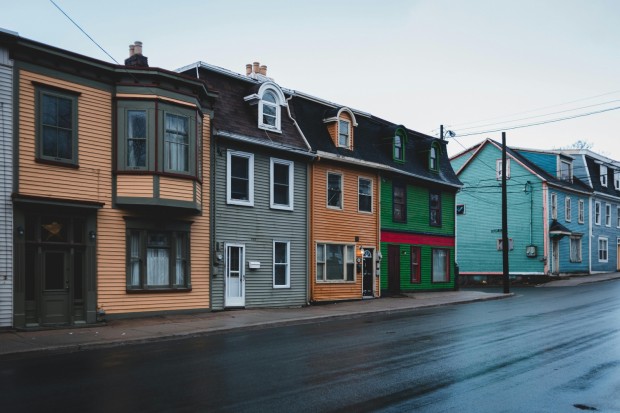Adding cladding to your house improves its look and comfort by increasing its insulation and shielding against weather. But how can you decide which type of cladding best suits your home? Keep reading to learn more.

(Photo : Pexels/Erik Mclean)
Wood Cladding
Building owners can develop eye-catching facades for projects that do not require a fire rating by using timber cladding, a readily adaptable material. One of the most advantageous aspects of wood cladding is that it is simple to deal with and can be accomplished simply by doing it yourself. Wooden wall cladding can also be installed in various orientations, including vertically, horizontally, or diagonally with the wall, depending on your personal preferences and sense of style. Due to its long-lasting durability and responsible sourcing, this environmentally friendly cladding material is a good choice for various architectural projects.
Brick Cladding
Bricks are quite prevalent as a cladding material, providing a wonderful and distinctive building envelope. There is a widespread preference for brick wall cladding due to its ability to complement any structure effectively. With the many different colors of bricks available, you can select a pattern suitable for your structure and the environment around it.
Glass Cladding
Glass cladding may be easily installed on support battens, and unique designs can be created with the help of lightweight panels. Nevertheless, among the several possibilities for exterior cladding, glass cladding might not be among the most popular choices among many homeowners. Despite this, they are among the materials considered among the best options for commercial structures. Even though it requires little maintenance, glass cladding needs to be washed once a year. As a result of its resistance to the elements and ability to maintain its shape and form over time, glass cladding is frequently chosen for large buildings.
Also Read: Building Site Stars: The Unexpected Rise of Social Media Influencers in Construction
Vinyl Siding
With nearly 27% of households built since 2015 using vinyl siding, this is reportedly one of the most often used exterior cladding on new homes. It is a type of plastic siding created from polyvinyl chloride (PVC), which also offers a look like that of painted shingle or clapboard siding. Additionally, it provides a look comparable to that of painted clapboard or shingle siding. It frequently imitates the appearance of wood grain. Vinyl siding is popular because of its cost, durability, and relatively minimal care requirements, and it is available in various forms and sizes.
Composite Cladding
Composite cladding is a popular option for homes wishing to update their exterior appearance. It is made from a combination of wood and plastic. Fundamental woodworking tools allow for customized lengths, and they may be finished with composite trims and fascia boards that are a perfect match.
Stone Cladding
The exterior of this form of house cladding is constructed of distinct layers of natural stone. The use of stone in the façade of a house gives it a rustic appearance, which is more common in more rural areas. Due to the numerous varieties of stone cladding, it is also a popular choice for new construction projects looking for a finish distinct from that of residential properties in the surrounding area.
Related Article: 6 Stunning Pool Designs to Transform Your Home's Exterior







